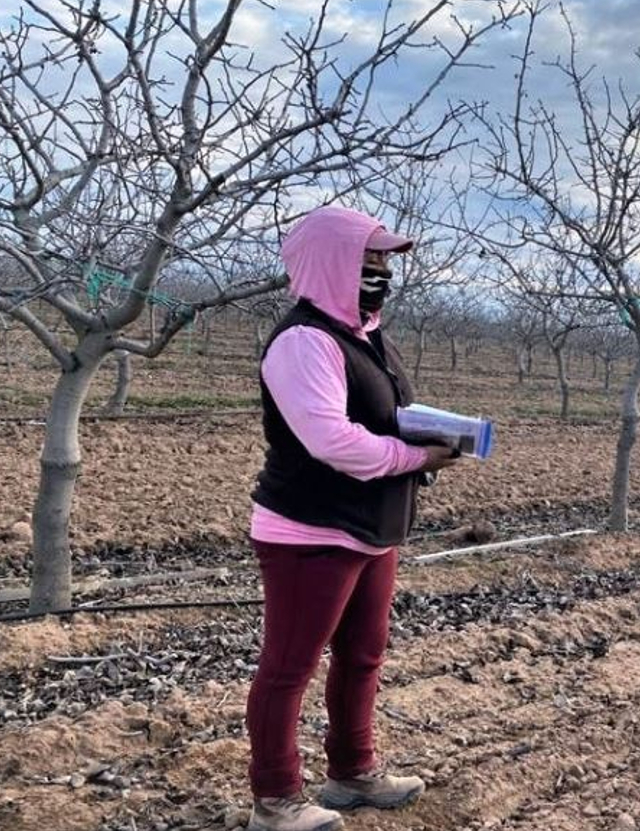Promoting Vaccination in Hard-to-Reach Agricultural Communities
Program
Highlights

While many farmworker communities have struggled with barriers to accessing COVID-19 vaccinations, some agricultural areas are actually seeing vaccination rates higher than the state average. Community-based groups in the Salinas and Imperial Valleys supported by PHI's Together Toward Health program and an unusual collaboration among growers, labor groups, local governments, and health clinics led to the successful efforts to achieve high vaccination rates.
98% of people in the Salinas Valley town of Gonzalez have received at least one dose of the COVID-19 vaccine
-
Focus Areas
Communicable Disease Prevention -
Issues
Population Health -
Expertise
Coalition & Network Building -
Strategic Initiatives
COVID-19, Vaccine Access & Equity
If demographics and geography really were COVID destiny, then Gonzales—a small, working-class Salinas Valley town of 9,000 people with with a young, overwhelmingly Latino population in rural California—would be a pandemic disaster.
Instead, Gonzales is among California’s most vaccinated places. In this town where fewer than 10 percent of adults have a college degree, 98 percent of eligible residents have received at least one vaccine dose (compared to the state average of 80%). Meanwhile, agricultural Imperial County, along the U.S.–Mexico border, is the most vaccinated place in the southern part of the state, boasting an 86 percent vaccination rate (at least one dose) — 10 points higher than L.A., Orange and San Diego counties, and 20-plus points higher than San Bernardino and Riverside counties.
The unexpected success story around vaccination in two of the state’s agricultural areas hold lessons that go beyond the pandemic.
How did they do it? Tight collaboration among entities that can be at odds—growers, labor groups, local governments, community advocates, and health clinics—was crucial. In the Salinas Valley, the Grower Shipper Association, an agricultural industry group, and Clinica de Salud, a community health clinic supported by Together Toward Health (TTH), shared an award for their joint efforts to protect workers. Together, they provided workers with personal protective equipment and quarantine housing, and, in 2021, they helped organize mass vaccination campaigns in the fields and at well-known sites to farmworkers. While the growers offered time off and transportation for vaccination, the clinics provided the doctors and nurses to do the jabs.
Just southeast of Salinas in Gonzalez, community health workers (CHWs) were central to the approach. Gonzales managed to hire two in 2020 and four more in 2021. These CHWs went door to door, and into apartment buildings, schools and businesses, to build relationships with residents. They brought free food boxes, from three local food pantries that the city set up early in the pandemic, to quarantined residents. They also became certified COVID-19 testers. This helped them reach vaccine holdouts, who, after testing negative for COVID-19, were quickly registered for vaccine appointments.
In Imperial, county health officials worked with another industry group (the Imperial Valley Vegetable Growers Association), providers (including El Centro Regional Medical Center, with support from TTH), and community nonprofits to get people vaccinated in even the smallest settlements of the sprawling valley. They provided transportation to get workers and far-flung residents to mass clinics at malls. And they brought vaccinations to the border, since many Imperial workers must cross to their jobs.
Read more on the TTH website.
Work With Us
You change the world. We do the rest. Explore fiscal sponsorship at PHI.
Support Us
Together, we can accelerate our response to public health’s most critical issues.
Find Employment
Begin your career at the Public Health Institute.
